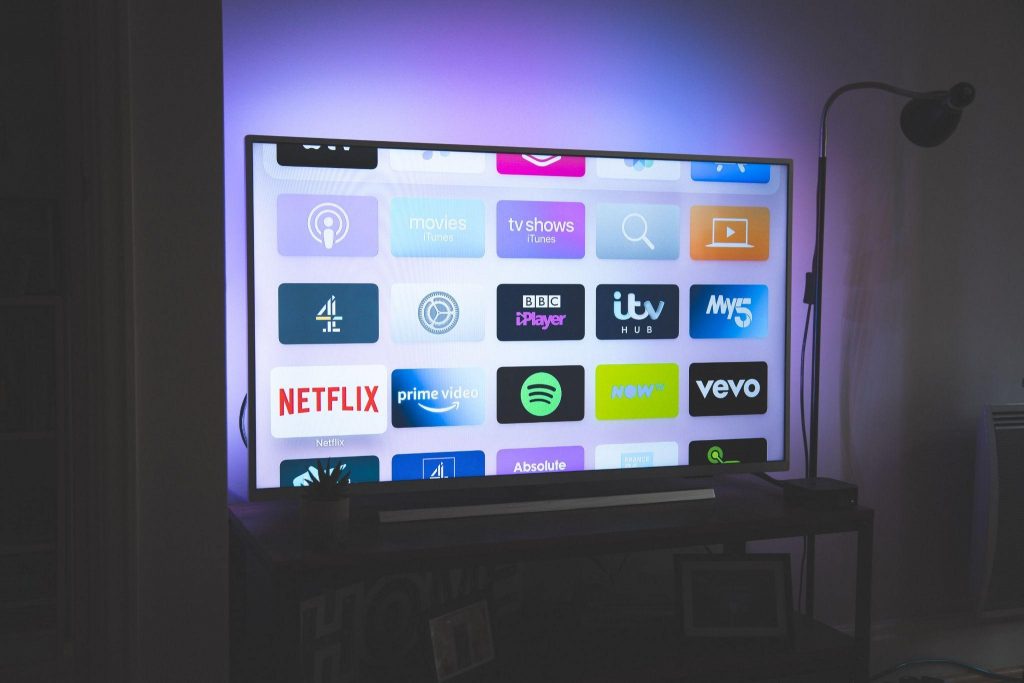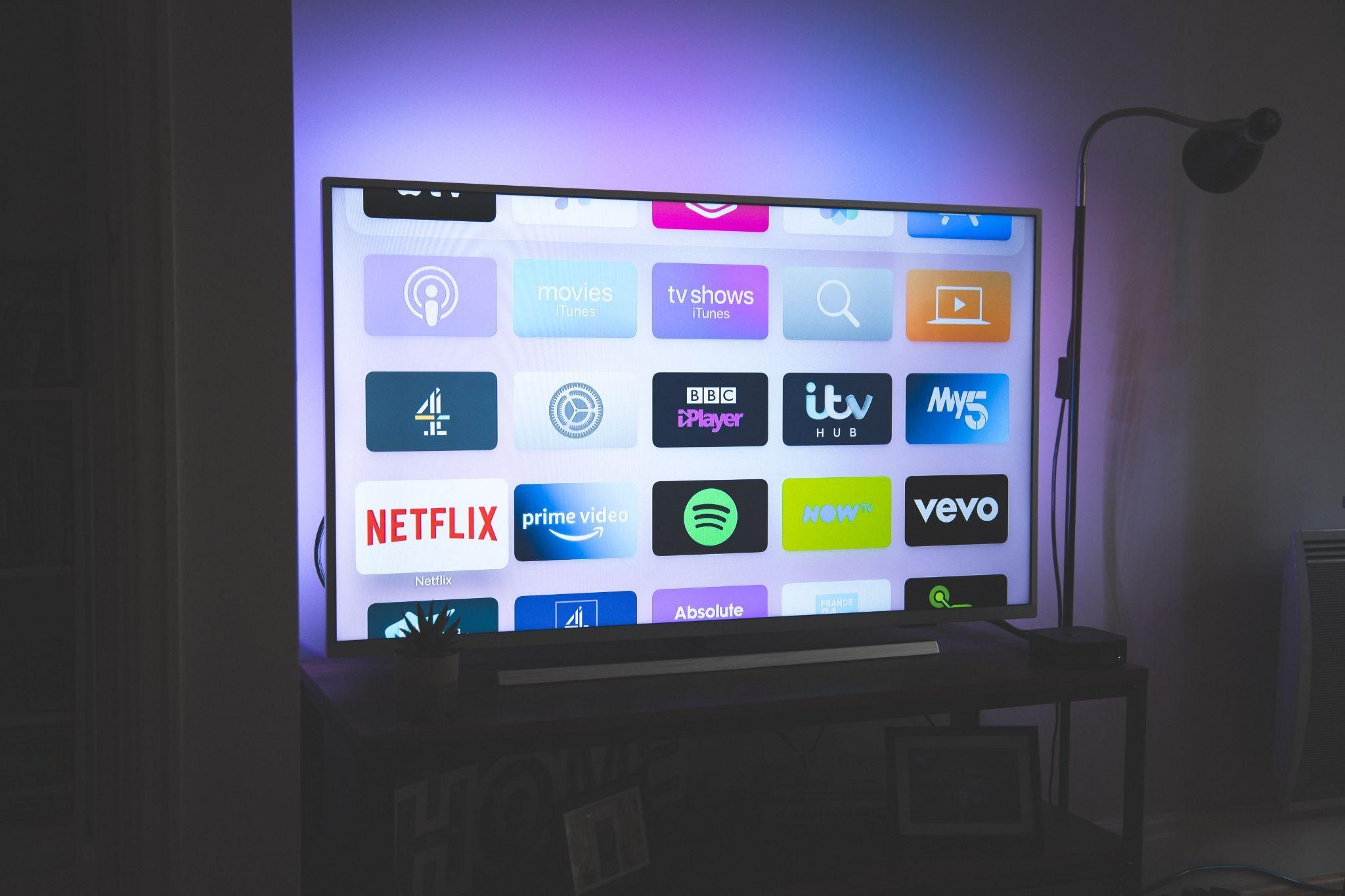Trust But Protect: How To Secure Your Gadgets When You Are Not Home Alone
It can be very frustrating to come home and find that your gadgets have been tampered with or even broken. Unfortunately, this is a reality for many people, especially if they live in a shared space like an apartment or dorm room. Even if you trust your roommates or fellow tenants, it’s always best to err on caution and take steps to secure your belongings when you’re not home. This article will discuss how to make your home smarter and secure your home gadgets.
How can I protect my home devices?
How do I protect my connected devices? If you’re not home alone, it’s important to take precautions to secure your gadgets. Here are different ways how to make your home smarter and protect your home devices:
Provide a name for your router
You shouldn’t use the name that the manufacturer gave it since it might reveal the model or make of the product. Give it an unusual name that isn’t linked to you or your street location. The name of your router mustn’t include any personal information that may be used to identify you.
Use VPN
One way to protect your home network is to use a VPN for Android TV. A VPN for TV encrypts your internet connection and routes it through a secure server, making it much more difficult for hackers to intercept your data. Additionally, a VPN for smart TV can also help hide your real IP address from websites and online services, providing an additional layer of privacy and security.

If you are concerned about the security of your home internet connection, consider using a VPN to protect your security devices and personal information. A VPN is a simple and effective way to increase your online security and privacy.
Ensure that the software you use is always up to date
When your smartphone manufacturer gives you a software update, you shouldn’t hesitate to install it. This may be a patch for a security hole. Mobile security is essential since you may connect to your smart home using various devices, including mobile phones and tablets.
The manufacturers of your security devices may also send you updates; otherwise, you may need to visit their websites to check for them. Be careful to check for and install any available software updates whenever you connect your device to the internet.
Ensure that a robust encryption mechanism protects your Wi-Fi network
When configuring your wireless network connection, it is recommended that you choose a robust encryption mechanism, such as WPA2, in your router settings. This will assist in maintaining the safety of both your network and your communications.
Make sure the settings on all of your devices are correct
Your new smart home devices may come pre-configured with a certain level of privacy and security. It is possible that the manufacturer could benefit more from some of the default settings than you would, so you may want to think about changing them.

Change the usernames and passwords that are set by default
Likely, cybercriminals are already familiar with the default passwords pre-set on many security devices. Because of this, it is quite simple for them to get access to your new smart home devices and, perhaps, the information stored on them. Are you thinking about purchasing a gadget for which you won’t be able to change the factory-set password? Then you should think about trying another one.
Make sure that the passwords you use for your Wi-Fi networks and your devices are secure and unique
It’s best to keep clear of using simple passwords to figure out, such as “password” or “123456.” Instead, you should choose unique and complicated passwords of letters, numbers, and symbols. You should also think about using a password manager to bolster your protection further.
What are the 9 ways to secure your mobile device?
- Keep your mobile device updated with the latest security patches.
- Use a secure lock screen to protect your device from unauthorized access.
- Use a reputable antivirus or anti-malware app to regularly scan and clean your device.
- Avoid downloading apps from untrustworthy sources.
- Don’t root or jailbreak your device.
- Be cautious when clicking on links or opening email attachments.
- Use caution when sharing personal information online.
- Keep your Wi-Fi and Bluetooth turned off when not in use.
- Back up your device regularly to prevent data loss.
Final Thoughts
One of the best ways to protect your home devices is to keep them up-to-date. Ensure to install the latest security updates and patches as soon as they become available. You should also have a strong and unique password for each security device. Avoid using easily guessed words or phrases, and consider using a password manager to help you keep track of all your passwords. Finally, be sure to back up your data regularly in case of device loss or failure.
Another important way to protect your new smart home devices is to be aware of the potential threats. Keep an eye out for suspicious emails or messages, and never click on links or attachments from unknown sources. If you think your device may have been compromised, contact a professional for help immediately.
By following these simple tips, you can help keep your new smart home devices safe and secure.
